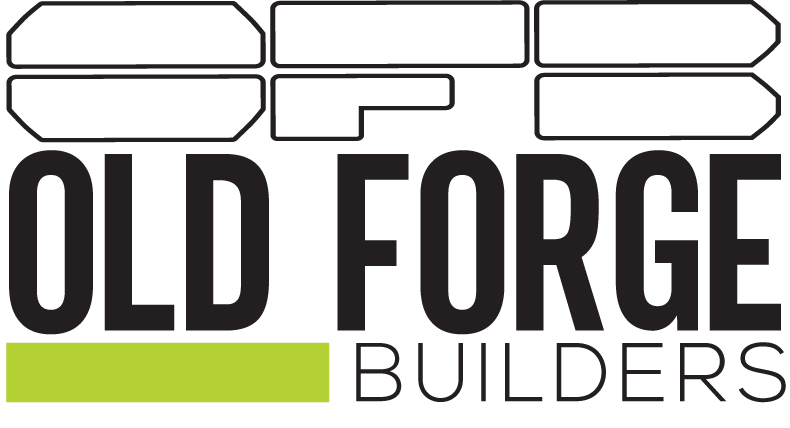This week I listened in on a webinar from Deltek ComputerEase expert, John Meibers, covering the Work in Progress (WIP) report. You may be wondering “what is this document and how does it factor into construction accounting?” Whether you’re an industry vet or new to the world of building management, there are strategic paths to WIP that even the most seasoned pros can learn.
Work-in-Progress identifies the value of the work that a construction team is currently executing and the rate at which the anticipated budget is being billed.
The following are needed:
- The sales price (excluding sales tax) for the project
- The total cost estimate for the job
- The costs-to-date
- The billed-to-date
- The projected cost-to-finish
Why are WIP Reports Needed?
- Tighter grasp on costs for making decisions
- Allows a GC to be proactive instead of reactive with a “look ahead”
- Stronger financial statements
- Insight into bottom line
Cash Flow and Billing Methods
To better manage our jobs with smarter day-to-day decisions, WIP reports provide some additional clarity for an owner to understand where their project stands. Over/under billing adjustments allow accurate data on a financial statement and help you to see where you’re going before you get there.
There are a few ways to assess project billing:
Overbilling
- When a contractor bills ahead of work completed
- If done properly, this can positively affect cash flow
- If unmanaged, can be problematic as cash will not be available to fund remaining work
Underbilling
- Contractor bills for less money than what was earned for work completed
- Problematic because can result in negative cash flow
A common mistake is to confuse overbillings with profit. Often contractors spend this money and produce a liability as they don’t have money to fund work that is contracted. As enticing as it is to bill heavy on the front end, you’re essentially stealing from yourself in the future.
Schedule of Values
- This refers to the breakdown of a contract by billable work items used in AIA forms that establishes the value of work completed and billed for each item on the project.
- This impacts the over/under billing on each project and the overall cash position of a job.
How a Smart GC Creates a Backlog Report that Supports the WIP
- Determine total amount of work under contract
- Calculate total billed to date of work under contract
- Calculate amount unbilled (backlog) of work under contract
Various Methods
- Percent Complete
- Units Complete
- Cost-to-finish
This can look different for varying teams, however whatever type of work being performed, these are the common metrics to tracking job progress. Ultimately the more analytics in place for measuring project controls, the better.
With the software Old Forge uses to crunch numbers beyond a blanket QuickBooks prompt, our clients always appreciate the extra detail. We take an owner’s investment seriously and want to provide a clear lens of what’s occurring on the job site for their peace of mind.

